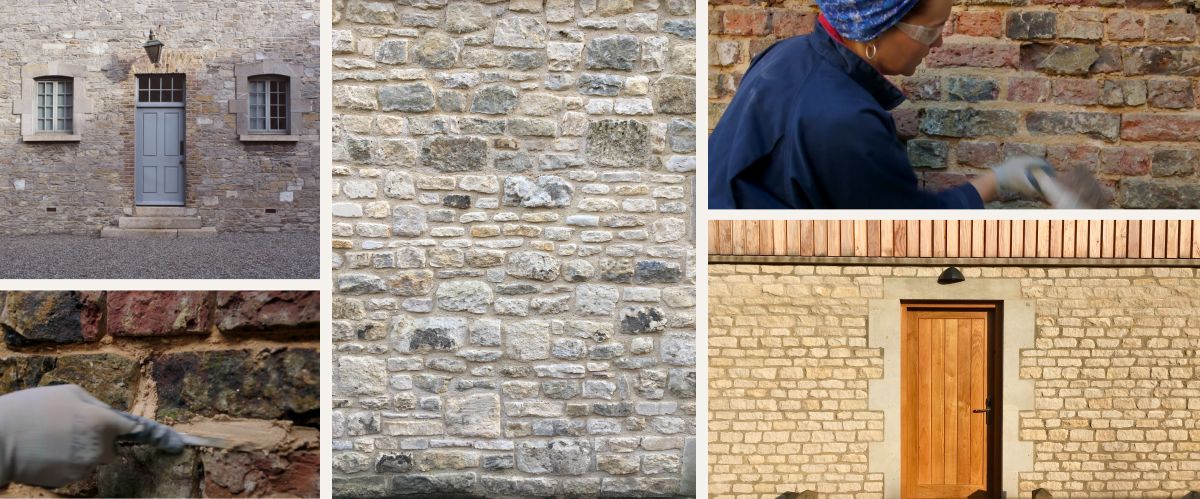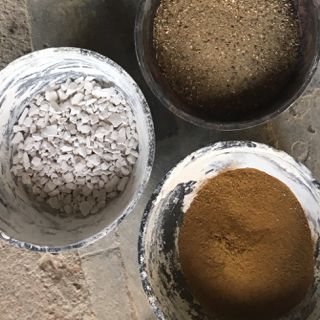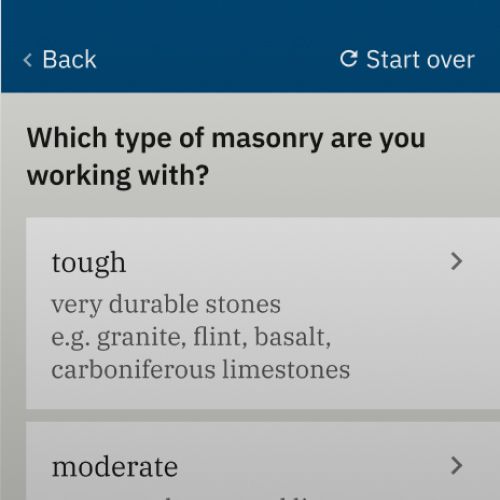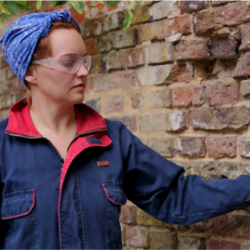

Practical information for repointing with lime mortar
Lime mortar is a sustainable, long-lasting and historically-authentic material. But before using it for repointing work, there are a number of things to consider:
What type of stone is the building made from? How exposed is it to the environment?
Which choice of lime and aggregate is appropriate for this building?
How can I ensure the repointing is successful?
This website is designed to help you learn about lime, select the right materials and follow best-practice in your repointing work.

Article
Learn about lime
An introduction to the different types of lime - hydraulic and non-hydraulic - and the additives that are commonly used. It's recommended that you start here.
Read the article

Guidance tool
Choose your materials
An interactive guide to help you identify the right materials for your site based on the age, masonry and environment of the building you are working on.
Use the guide

Video series
Learn to repoint with lime mortar
A series of videos on workmanship, demonstrating best-practice for removing, mixing, repointing and finishing lime mortar.
See the videos
Who is this site for?
This site is for anyone who works with, or wants to learn to work with, lime mortar, specifically for repointing. It's designed to be used by building contractors, tradesmen, homeowners, practitioners and architects.
Note: Alterations on a listed building and on a building in a conservation area require consent and planning permission. Contact your local planning authority to apply for Listed Building Consent and permissions before undertaking any work. Learn more
This website does not give mortar specifications but encourages users to consider the right materials and to attend further training.
About
This tool was developed in collaboration with the University of Oxford, OxRBL group, and Cliveden Conservation and supported by the EPSRC Impact Acceleration Account.
Contact: luciefusade@aol.com

